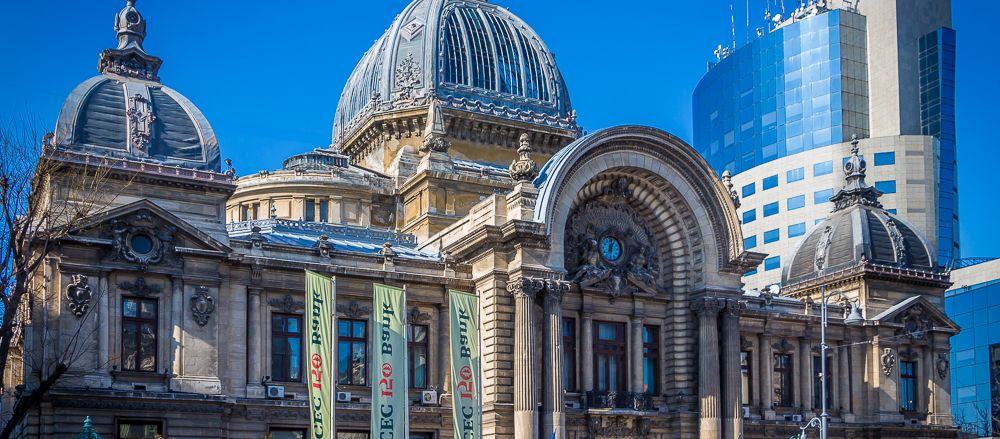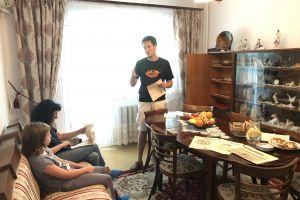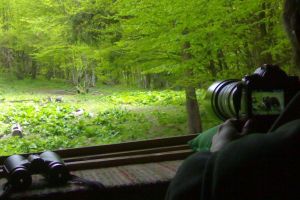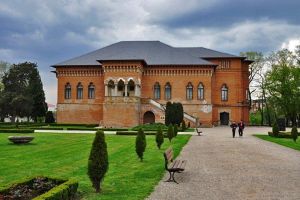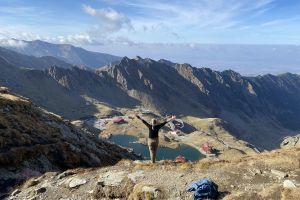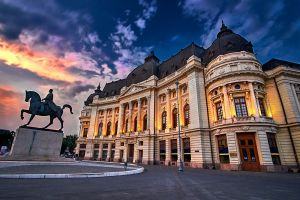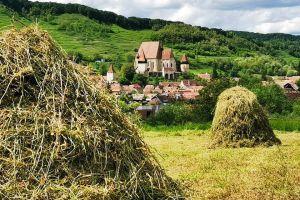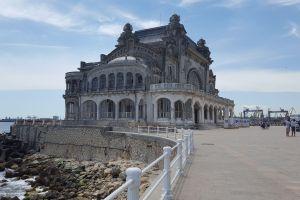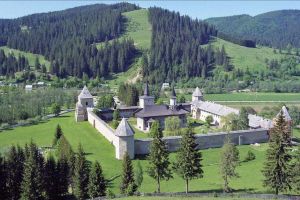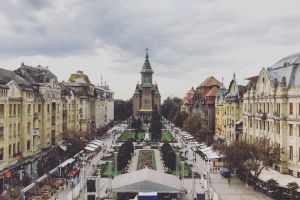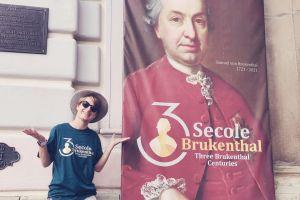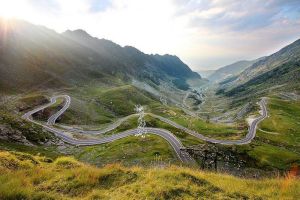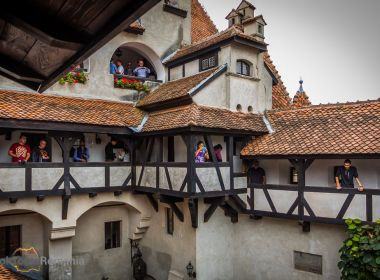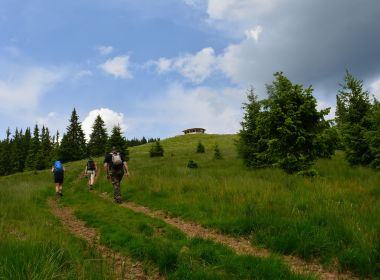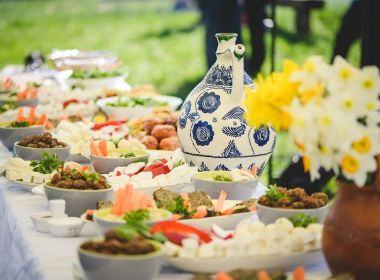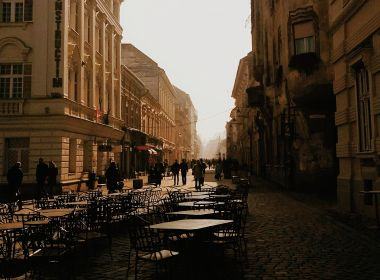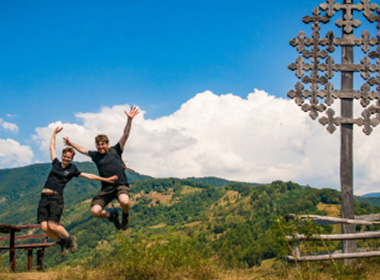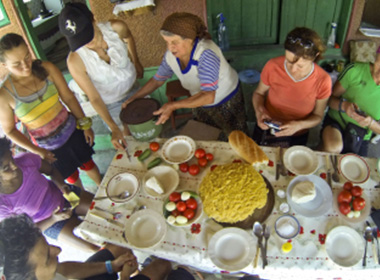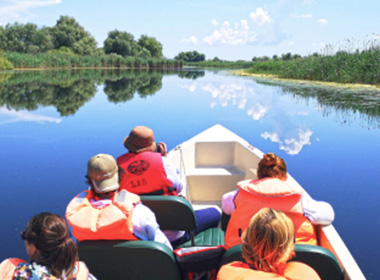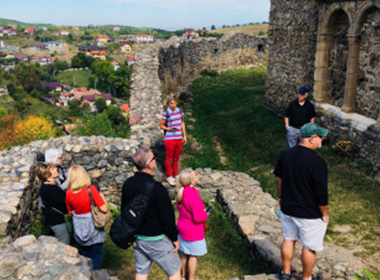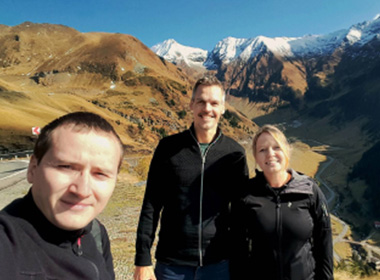One of the first things I do when planning to visit a new country is look for a list of famous buildings to see. Do you do the same?
If yes, then in this article I prepared a list of Romania’s famous landmarks and most beautiful buildings that are worth seeing not just for their looks but also for the stories they have to tell and what they represent for our history and culture.
Speaking of looks, Romanian buildings come in a variety of shapes, sizes and architecture styles ranging from:
- massive medieval castles and churches in Transylvania
- elegant 19th-century villas that earned Bucharest the title of Little Paris
- imposing buildings (so-called brutalist) from the communist era
- modern buildings and skyscrapers typical of Western society
Our country has a rich architectural heritage, so architecture connoisseurs will be delighted to find:
- in cities such as Oradea, Timisoara and Cluj-Napoca lots of art nouveau and renaissance buildings
- Sibiu, Brasov and Sighisoara are renowned for their baroque and gothic Old Town areas
- in Bucharest and other cities in Wallachia and Moldova you'll find neoclassical, eclectic and the unique Romanian Brancovenesc architectural style (a combination of byzantine, ottoman, and late renaissance)
The most famous buildings in Romania everyone will tell you about include Bran Castle (aka Dracula's Castle), the Palace of Parliament (2nd largest building in the world), Peles Castle (King Carol I's summer residence, which was built in an array of architectural styles) and a variety of churches from medieval times.
But there are also several less popular but equally impressive buildings and historical monuments that are representative of Romania’s history, culture, architecture and life today. For example:
- Sarmizegetusa Regia, the capital of the Dacian kingdom before the Romans conquered it 2,000 years ago
- CEC Palace, a symbol of Romania’s hard-won financial independence
- the kulas in Wallachia, fortified boyar houses
Seeing all of them might be a bit tricky when you visit Romania for the first time. Our country is quite large and the Carpathian Mountains create sceneries - and logistical challenges - that surprise many travelers.
That’s why we include many of them in our city tours, day trips or when planning private sightseeing trips to natural attractions such as the Danube Delta or the Berca mud volcanoes.
So if you’re interested in visiting some of these famous Romanian buildings then you can travel on your own and combine with our day trips. You’ll find lots of resources on our website to help with that.
And if you’re just looking to get inspired by some beautiful images, then I’ve got you covered and you’re going to discover what a beautiful country Romania is :)
Table of contents
- 1. Palace of the Parliament, Bucharest
- 2. Black Church, Brasov
- 3. Romanian Athenaeum, Bucharest
- 4. Mogosoaia Palace
- 5. Sapanta-Peri Monastery
- 6. Fagaras Fortress
- 7. CEC Palace, Bucharest
- 8. The Clock Tower in Sighisoara Citadel
- 9. Palace of Culture in Iasi
- 10. Constanta Casino
- 11. National Theater and Opera Building, Cluj-Napoca
- 12. Voronet Monastery, Bucovina
- 13. George Enescu Museum, Bucharest
- 14. Biertan Fortified Church
- 15. Bratianu Mansion in Florica
- 16. Maldaresti Cula, Horezu
- 17. Vulturul Negru, Oradea
- 18. Bruck House, Timisoara
- 19. Brukenthal Museum, Sibiu
So let's dive deeper into our list of 19 impressive Romanian buildings to give you some architectural reasons to visit Romania:
1. Palace of the Parliament, Bucharest
The Palace of Parliament is a symbol of the communist regime that came to power after World War II, the most famous landmark in Bucharest, our capital, and perhaps the most famous building in Romania (after Bran Castle).
This massive structure holds several records: the world's heaviest building, the second-largest administrative building (365,000 m²), and the most expensive of its kind, which is why it is one of the things Romania is best known for.
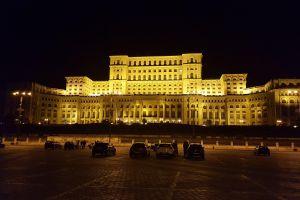
Complete Bucharest Communism Tour: Palace of Parliament & Ceausescu's Home
Start from: Bucharest
Construction began in 1983 as a reflection of dictator Nicolae Ceaușescu’s megalomania. Obsessed with his personality cult, he saw it as a symbol of national pride. Known as the People's Palace, House of the People, or House of the Republic, it remains a controversial legacy.
This imposing building became the final blow to Romania's communist regime. To fund its massive construction, severe measures like food and electricity rationing were introduced, pushing people to poverty and frustration.
Even after the 1989 revolution, the People's House remained controversial for its size, lavish design, and the high cost borne by the people. There were even calls for its demolition.
Today, it houses the Romanian government, including the Chamber of Deputies, Senate, Department of Emergency Situations, and other state institutions.
- Parts of the building are open for official tours, but they focus on the architecture, not Romania’s communist history or Nicolae Ceaușescu. For deeper insights, consider joining one of our communist-themed tours.
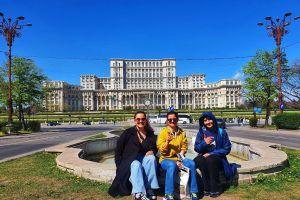
Communist Walking Tour: History, Megalomania & Hidden Sights
Start from: Revolution Square next to the Rebirth Memorial (The patatoe)
The architecture of the Palace of Parliament is the perfect place for the biggest video mapping competition in the world to be organised - check it out!
2. Black Church, Brasov
Located in Brasov’s Old Town, the Black Church is one of the oldest buildings in Transylvania and has a history dating back to medieval times.
The Evangelical church (later Lutheran) was erected by the Saxon (German) settlers between 1385 and 1477 on the site of an earlier 12th-century church - a Catholic nunnery. The name of the church derives from the 1689 fire which devastated the town and blackened the church’s walls.
This church is the largest Gothic style construction in Romania, bigger than the churches from Cluj-Napoca and Biertan.
Don't forget about the typical Baroque pulpit and the colossal organ, which is still functional these days. Organ concerts in the Black Church are one of the best things to do in Brasov, Romania’s most popular tourist city.
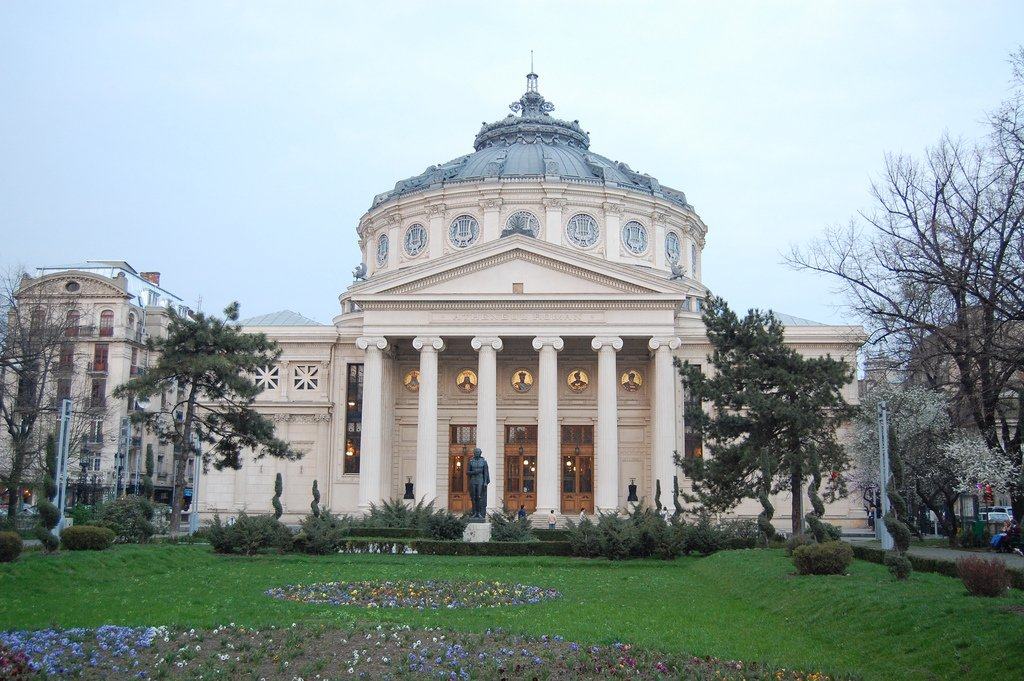
3. Romanian Athenaeum, Bucharest
The Romanian Athenaeum hosts the most iconic neoclassical building in the heart of Bucharest, near Revolution Square. It’s a symbol of Romanian culture and classical music tradition and another famous tourist attraction in Bucharest.
The circular free-form building inaugurated in 1888 was designed by the French architect Albert Galleron in the Art Nouveau style. Since then, the cultural venue - nicknamed the “Romanian Temple of Arts", has become known for its superior acoustics which is why it's the main concert hall in the city.
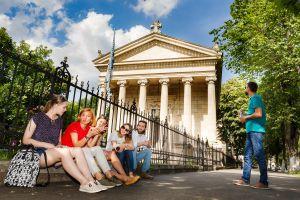
The "Little Paris" Bucharest: Architecture, Old Houses & Bourgeois Stories
Start from: University Square
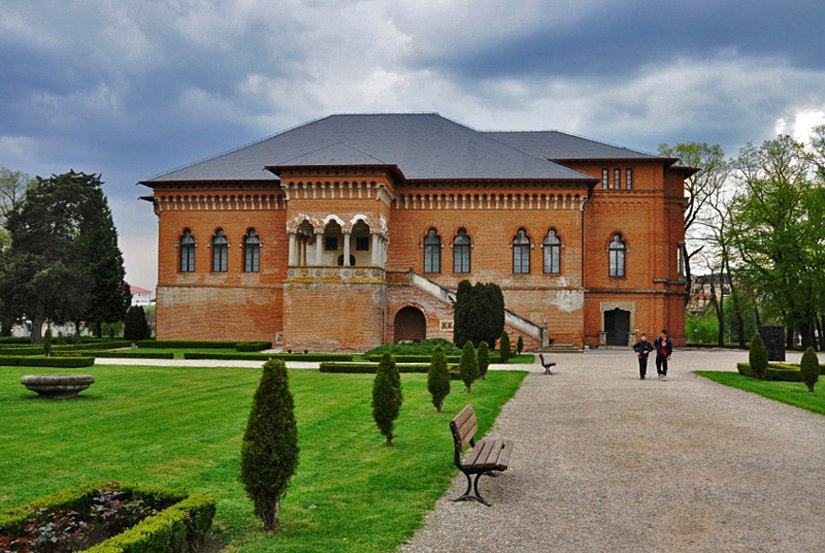
4. Mogosoaia Palace
Located only 15 km from Bucharest, Mogosoaia Palace is part of a wider compound of buildings that once served as the summer residence of the Romanian royal family. The ensemble includes the palace itself, a guesthouse, a kitchen house, a church, and a watchtower surrounded by historical gardens.
Like Ruginoasa Palace, Mogosoaia Palace was built by Constantin Brancoveanu, Prince of Wallachia, between 1698 and 1702. It features an inspiring blend of Romanian and Art Nouveau architecture, which led to the creation of the unique local architecture style called neo-Brancovenesc style.
I think it's one of the most beautiful buildings representative for Romanian culture and history, and a great example of the traditional Romanian architecture.
Some of the architectural elements I like the most are the intricate stone carvings and the open loggia of the palace, overlooking the lake and the vast gardens. Having this in mind, the palace can be easily considered one of the most iconic landmarks around Bucharest.
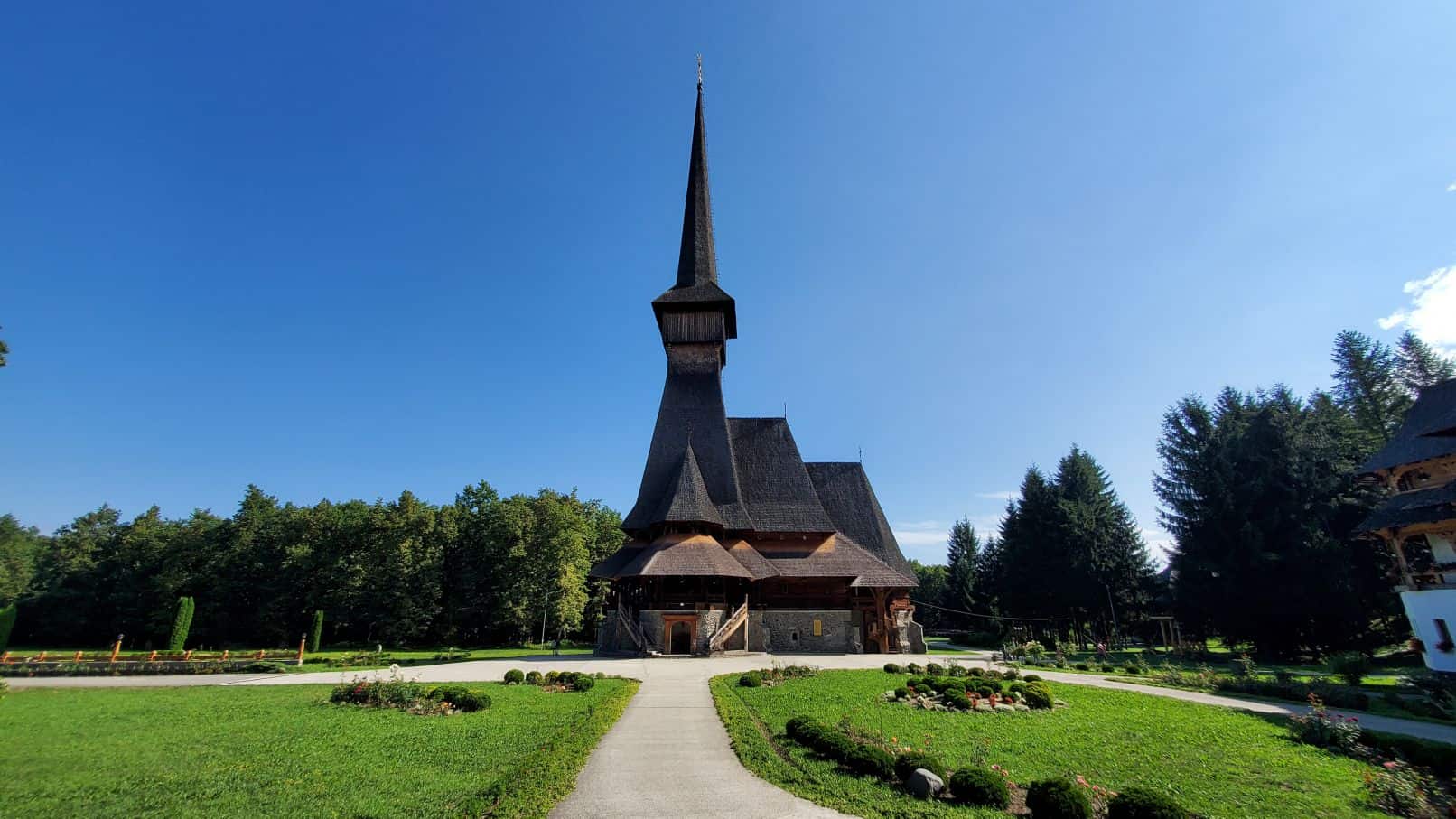
5. Sapanta-Peri Monastery
Sapanta-Peri Monastery stands in a large meadow in Livada Dendrological Park. It is a tranquil monastery complex with gardens close to the village of Sapanta where you can find the famous Merry Cemetery. Besides, the monastery has one of the most quested wooden churches in Maramures.
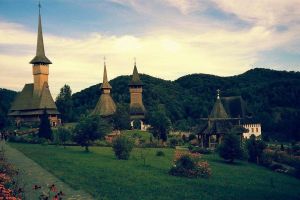
2 or 3 Days in Maramures: Wooden Churches, Traditions & Village Life
Start from: Cluj-Napoca
The original church was built in 1391, while the current structure was erected not far from the initial location in 1997. The Orthodox church has a 78-meter-high tower and holds the record for the tallest wooden church in the world which is why it's also part of UNESCO heritage.
*If you want to visit the Merry Cemetery, it is best to do so with a local guide so you can fully understand what's written on the crosses.
6. Fagaras Fortress
Located halfway between Brasov and Sibiu, at the foot of the Romanian Carpathian Mountains, Fagaras Fortress proudly stands as one of the best-preserved medieval castles in Romania.
The construction started on the site of a former wooden fortress in 1310. The structure was later extended between the 15th and 17th centuries and thus became one of the strongest fortifications in Transylvania.
Over the centuries, the stronghold protected the southeastern part of Transylvania against the frequent invasions of the Ottoman Empire.
Customise this tour to include a visit to Fagaras Fortress
But besides its military role, it also served as a residence for various medieval princes and their families similar to Hunedoara Castle (aka Corvin Castle). So besides dungeons and armories, you'll find dormitories and banquet halls. The fortress now houses a museum with Roman artifacts and medieval weapons.
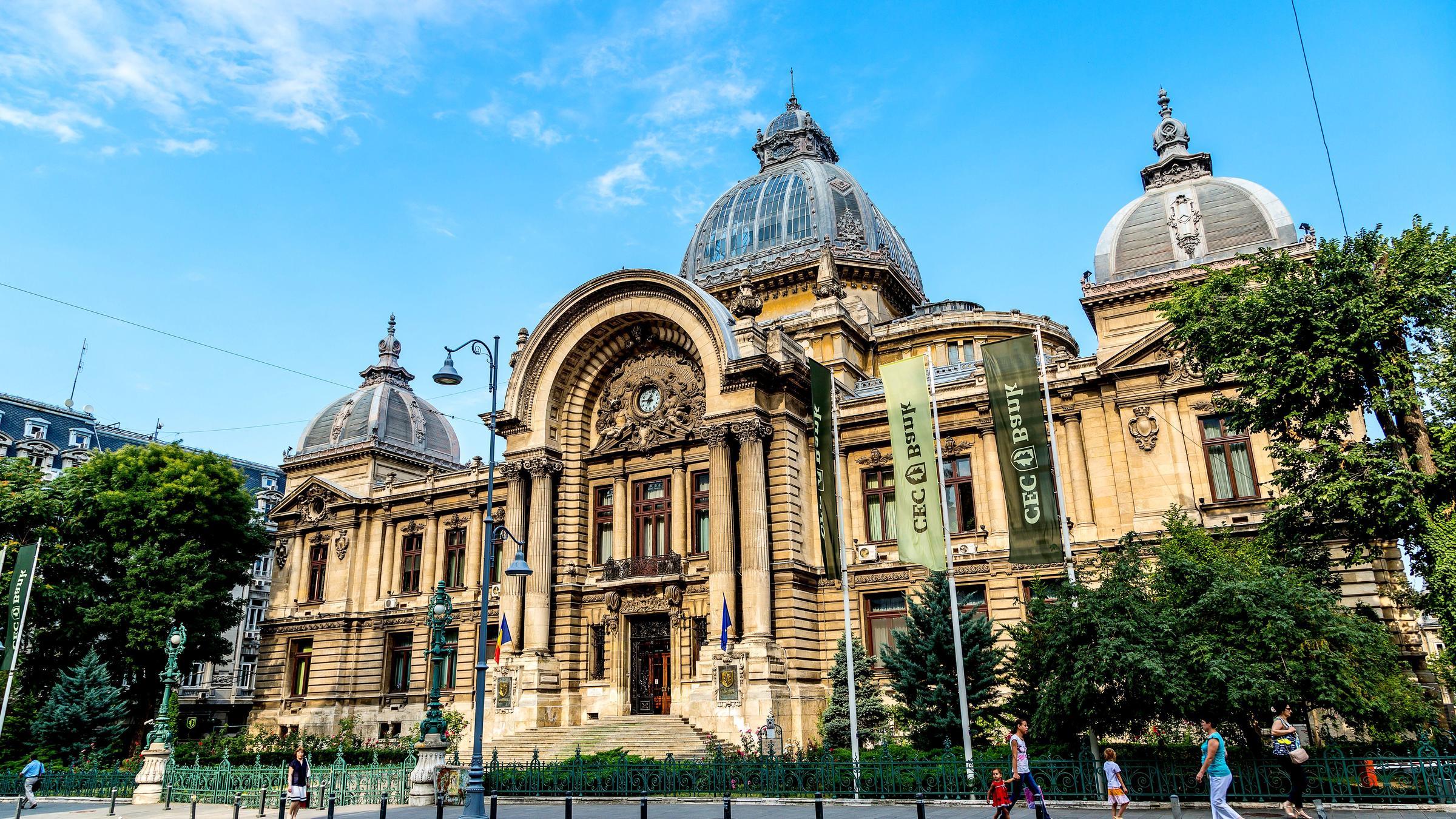
One of the most beautiful buildings in Bucharest
7. CEC Palace, Bucharest
The CEC Palace is located in the Old Town area of Bucharest on Calea Victoriei one of the oldest boulevards in the capital lined with historic buildings. Go for a walk on this street and you’ll see the highest-value architecture in the city (the Romanian Atheneum, the National Museum of Art of Romania or the George Enescu Museum) alongside modern buildings.
Built between 1897 and 1900 in the Art Nouveau style, it housed Romania's oldest bank for nearly 106 years.
The building’s grand glass-paneled metal dome is truly breathtaking, especially when viewed from below. Though affected by the 1977 earthquake, it remains a significant symbol of Bucharest's "Little Paris" era.
Still in use by the bank, the palace isn't generally open to the public, but you might get lucky and visit during special events.
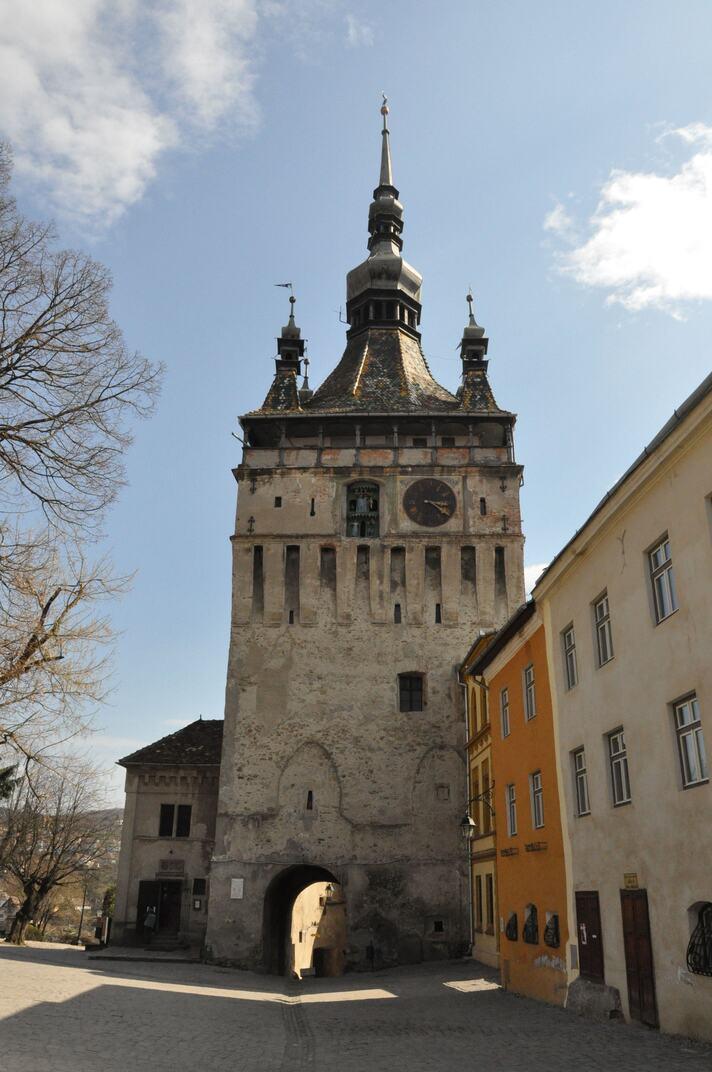
8. The Clock Tower in Sighisoara Citadel
The Clock Tower with a multicolored roof is the emblem of Sighisoara, the only inhabited medieval fortress in the historic region of Transylvania. Erected in the 14th century, the historical monument served as a defensive tower and the main entry gate to the citadel with medieval housing units. It has been listed as a UNESCO World Heritage Site along with the entire historic center in Sighisoara.
With a height of 64 meters, the iconic structure boasts panoramic views of the city. On the way up to the last floor of the tower, I recall carefully observing an intricate clock with puppet small statues built in Switzerland and installed in 1648. The tower houses the History Museum in Sighisoara which is worth a quick visit even if it's probably the smallest museum in Romania.
9. Palace of Culture in Iasi
The Palace of Culture in Iasi features both great historical significance and high-value architectural elements. My favorite thing is that the exterior facade of the palace is covered with intricate decorations, making it a remarkable example of Neo-Gothic architecture in Moldova (one of the three historic regions in Romania) and probably the most famous landmark in the region.
Built between 1906 and 1925, the royal palace stands on the old ruins of the 15th-century medieval Royal Court of Moldavia. It has almost 300 rooms, covering a surface of 36,000 square meters. Serving as the Administrative and Justice Palace until 1955, the building now houses the Moldova National Museum Complex and the Cultural Heritage Conservation - Restoration Center.
10. Constanta Casino
Next is Constanța Casino, one of the most famous landmarks on the Romanian Black Sea. Opened in 1910, it served as a casino and entertainment venue in the Art Nouveau style, featuring lavish interiors with a ballroom, gaming halls, and reading rooms.
Built on a rock formation, it thrived as a playground for the elite for 38 years. After suffering damage in both World Wars, it became a restaurant in 1960 but struggled due to high maintenance costs and the constraints of the communist era.
Closed in the early '90s and abandoned, the building's "beautiful decay" ironically increased its popularity.
Since 2020, the building has undergone a massive (and overdue) restoration, and now it's back to its former beauty. The building is expected to be open to the public starting in March 2025.
11. National Theater and Opera Building, Cluj-Napoca
The imposing building that houses the National Theater and Opera represents one of the most well-known sights you've got to put on your list of things to do in Cluj.
Completed in 1906, the building was designed by Austrian architects Ferdinand Fellner and Hermann Helmer in a lavish Baroque-Rococo style, with a 1,000-seat capacity.

Cluj-Napoca Food Tour: Food Markets, Regional Dishes and Coffee Culture
Start from: Cluj-Napoca
Inaugurated in 1919, a year after the Great Union of Moldova, Wallachia, and Transylvania, the institutions symbolized Romania's cultural renaissance and golden years.
Even if you're not into cultural shows, it's worth visiting to experience the elegant Viennese-influenced interiors. Stepping into a Rococo space always feels like being in Vienna to me.
- Bonus: If you spend a few days in Cluj-Napoca, you should take the time to visit a popular salt mine in Romania, the Turda Salt Mine, which is just 30 km away from Cluj.
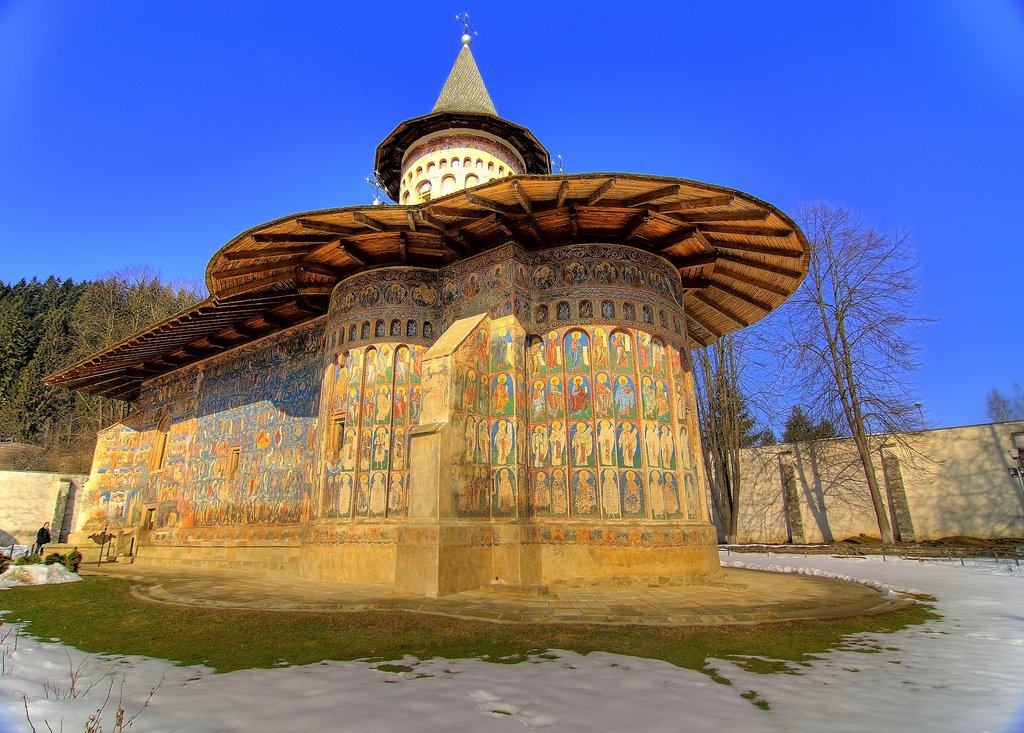
12. Voronet Monastery, Bucovina
Voronet Monastery was built by Stephen the Great in 1488 in a record three months and three weeks. It was meant to commemorate his victory against the Ottoman Empire in Vaslui. He was one of Moldova's most famous rulers in medieval times, and an important figure in Romania's history.
The Monastery is renowned worldwide for the intense and peculiar shade of blue used in the frescoes on the outside walls. The color commonly known as Voronet blue managed to remain just as vibrant 500 years after being painted. Its mysterious formula continues to puzzle artists and scientists to this day, which is why it's a source of superstition and religious fame.
Given its historic and cultural significance, the monastery with its church was included in the UNESCO World Heritage in 1993, along with the other Painted Churches in Bucovina.
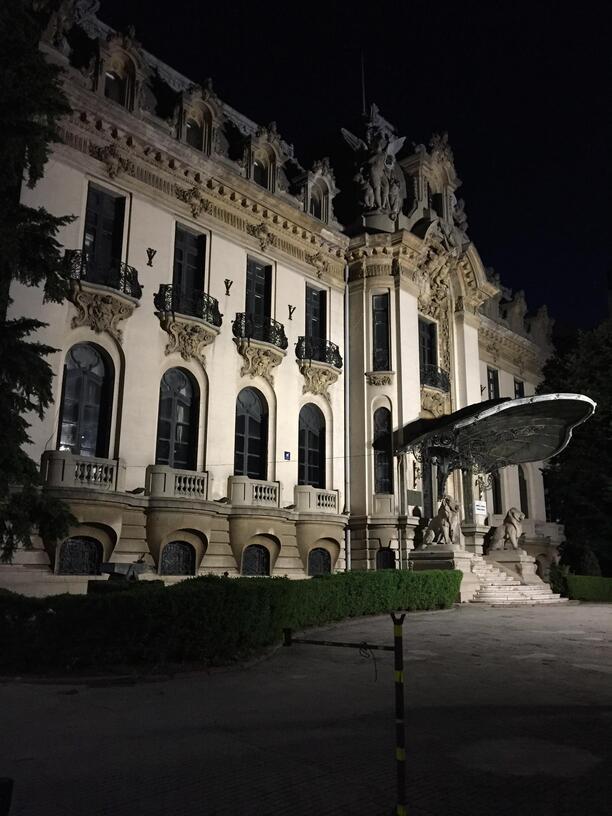
13. George Enescu Museum, Bucharest
The historical palace was commissioned by Gheorghe Grigore Cantacuzino, called “Nababul”, the richest man in Romania at the time and former prime minister. The construction was completed in 1903 in a blend of French Beaux Arts style and Rococo Revival, giving the building a very distinctive appearance.
Also known as the Cantacuzino Palace (after the name of its founder), the current museum is housed in one of the most elegant buildings in the city center of Bucharest, not far from Cotroceni Palace.
Local insight:don't confuse this with Cantacuzino Castle in Busteni which also belonged to Grigore Cantacuzino.
After the communist regime stripped the original owners of their property, the building's destination changed. Founded in 1956, the museum is dedicated to George Enescu, a musical genius, composer and famous Romanian.
So now you've got two reasons to visit this building :)
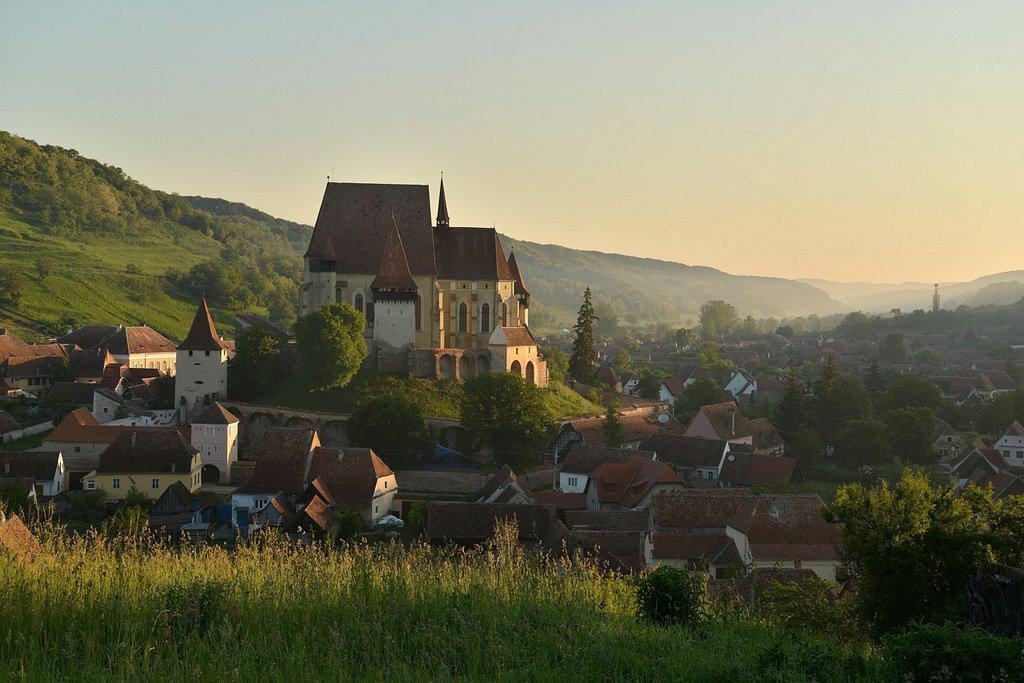
14. Biertan Fortified Church
Nestled in the hills of Transylvania, the Lutheran Fortified Church in Biertan was built by Saxon colonists between 1486 and 1524. The Saxons were invited to colonise the region by the King of Hungary (as Transylvania under his rule) and help defend it from the frequent attacks of Tartars and later of the Ottoman Empire.
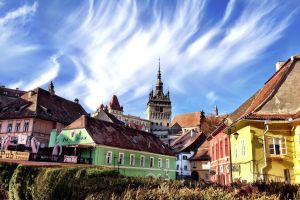
Tour of Transylvania's Countryside: Sighisoara Citadel & Fortified Villages
Start from: Cluj-Napoca
Like many other Romanian churches, the Biertan church was not just a place of worship but also a cultural and administrative center, as well as a shelter for the village community during attacks and times of distress.
The fortified church compound has three enclosures, six towers, and three bastions. Built in late Gothic style with Renaissance elements, the church retains original features like the altar and a unique locking door. The surrounding area is marked by terraced vineyards and traditional Saxon homes.
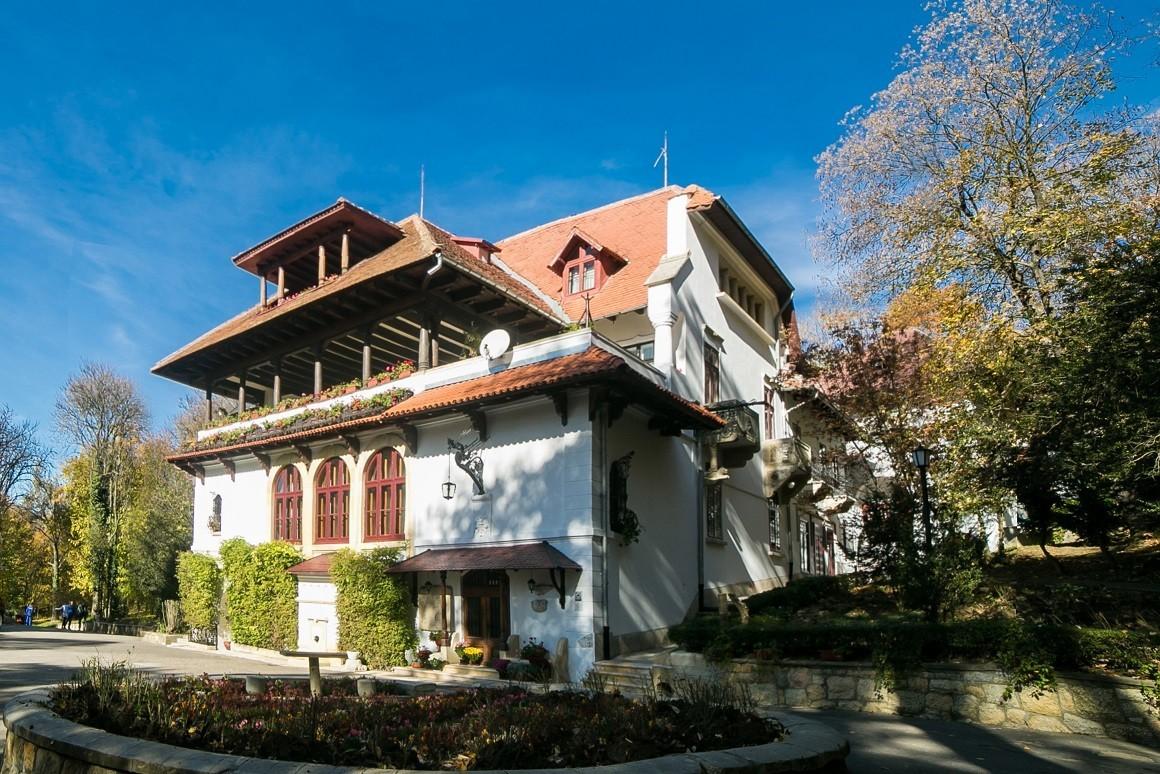
15. Bratianu Mansion in Florica
Located in Ștefănești, about an hour from Bucharest, Brătianu Mansion is part of a 1858 estate that includes a manor house, farm, chapel, wine cellar, train station, and even an astronomical observatory. The estate still reflects the bohemian vibe of the Brătianu family.
The Brătianu family was a key political dynasty in Romania, with Ion C. Brătianu shaping 19th-century politics and bringing King Carol of Hohenzollern to the throne.
Named after Brătianu's daughter Florica, the mansion is one of the best-preserved examples of Wallachian boyar architecture. It now houses a national museum and a charming café in the backyard, making it well worth a visit.
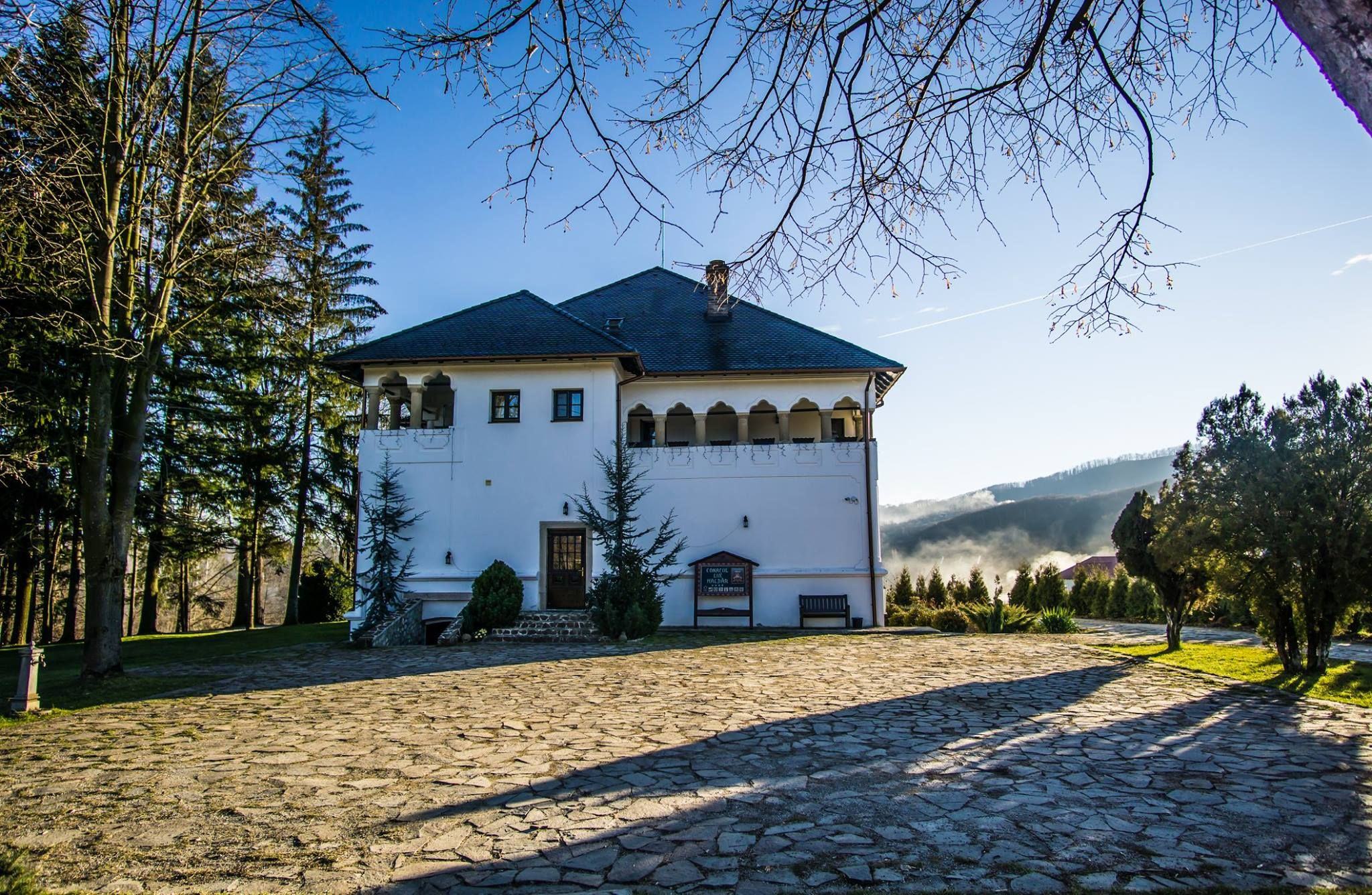
16. Maldaresti Cula, Horezu
Situated 4 kilometers from Horezu, Maldaresti Cula is a well-preserved Oltenian kula – a tower-shaped semi-fortified house. These were very common in Southern Romania in the 18th century when wealthy merchants and noblemen wanted to protect themselves against thieves and invaders.
This imposing building stands on an 8,000 square meters estate and has 18 rooms featuring a notable Brancovenesc style. It preserves all the original architectural details specific to these types of buildings: thick walls, a white-plastered exterior, a high tower, inner stairs, and an arched porch. You'll also see some crenels used for defence.
A boutique, luxury hotel operates in this cula so you can spend an incredible night here. And there are several other Romanian culas worth visiting if they interest you.
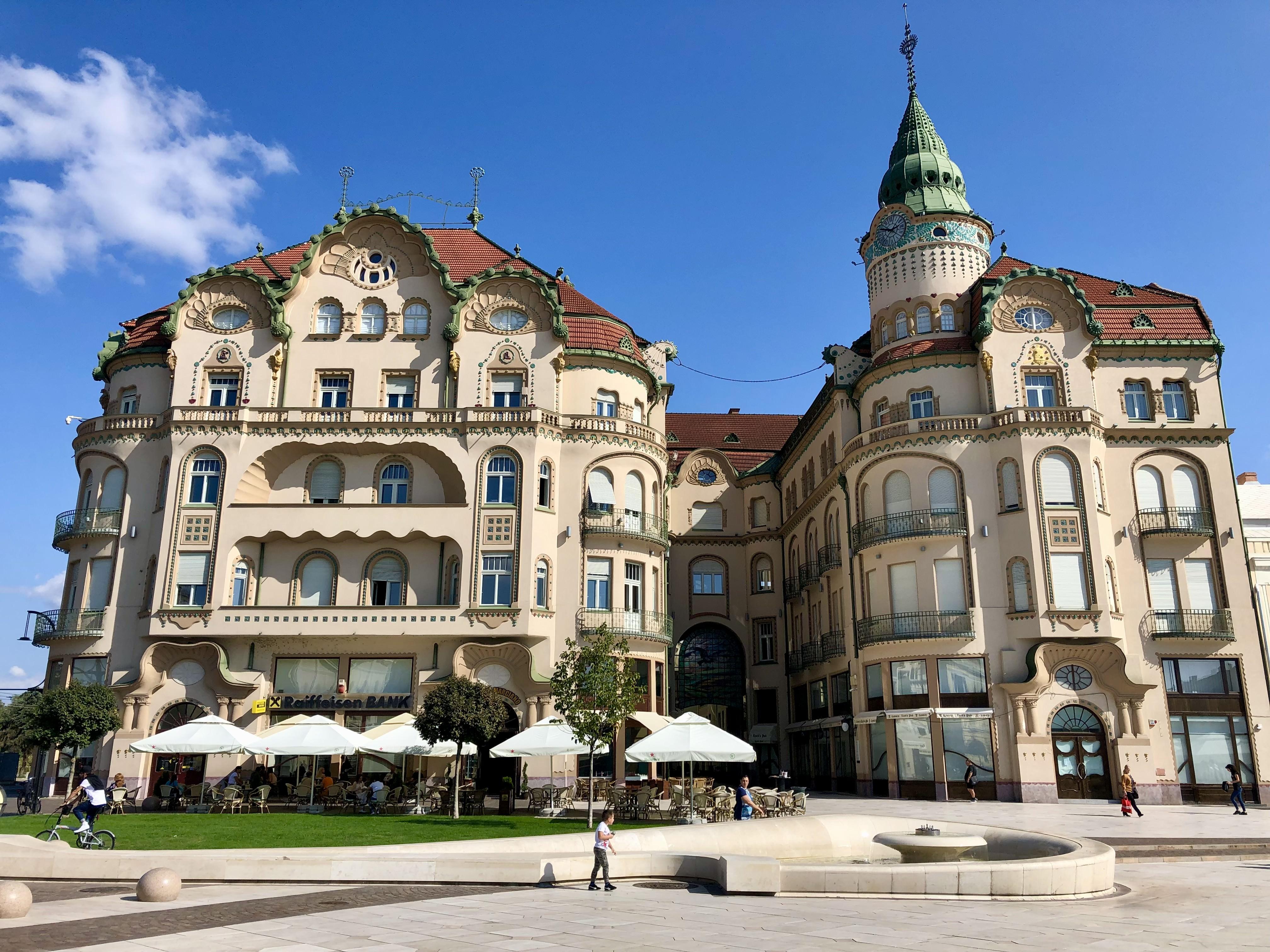
17. Vulturul Negru, Oradea
In the far west of Romania, Oradea is known as the country's Art Nouveau capital, with over 20 restored buildings famous for their architectural value.
The city's most iconic landmark is the Vulturul Negru Palace (Black Eagle), built between 1907-1908 in the elegant Secession style as part of a city redevelopment plan. Spanning two street fronts with a high ground floor and four stories, the building features two wings connected by a glazed passage with a shopping gallery. Its asymmetric façade faces the river.
Once housing a casino, hotel, offices, and restaurant, it was Oradea’s most remarkable building. Today, it holds cafes, shops, restaurants, offices, and a hotel.
Oradea is the hometown of Marius, founder of Romanian Friend. So if you're visiting, reach out, he might take you on a quick tour of his city!
- LOCAL TIP: If you're visiting Oradea, try to make time to visit Baile Felix, a great spa resort in Romania that first became popular in the 18th century.
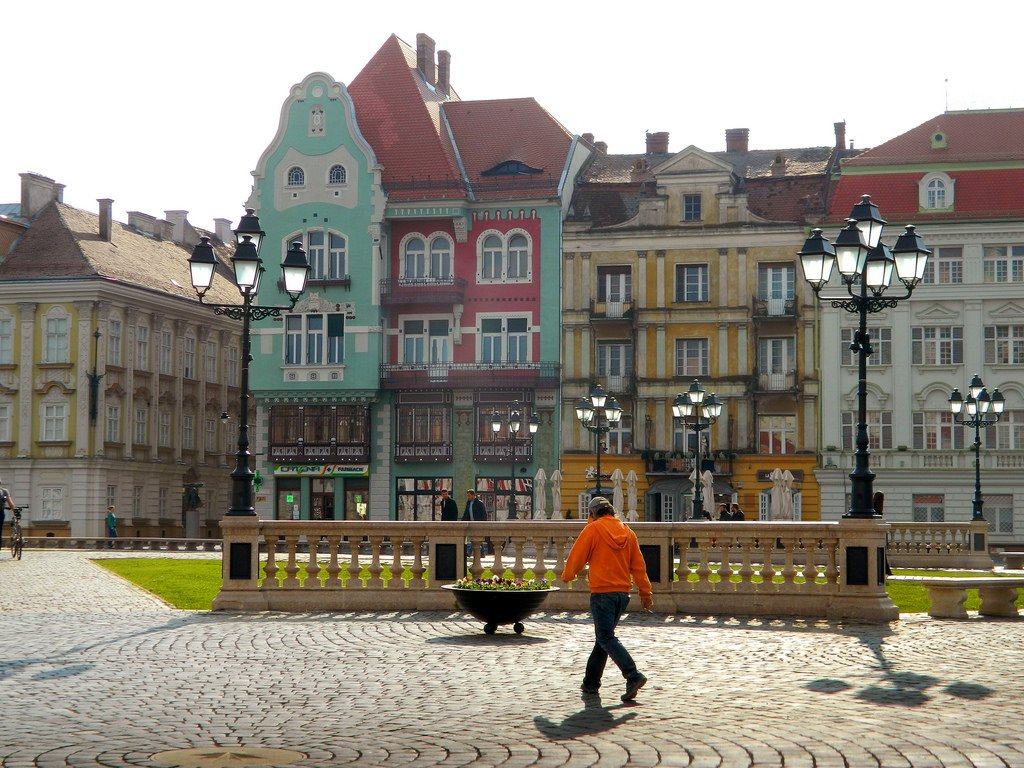
18. Bruck House, Timisoara
Located in Timisoara’s Union Square, Brück House is one of the most colorful historic buildings in the city. It resembles a thin slice of cake, and I love it because it makes me think of Christmas gingerbread from childhood.
There has been a pharmacy on the site of the building since 1898, used in the following years by pharmacist Salamon Brück. Originally built in the Viennese Baroque style, it was later rebuilt in 1910 in an eclectic combination of Art Nouveau and secession styles.
The edifice consists of a ground floor and three upper floors, and its facade is covered in ceramic tiles featuring Hungarian folklore motifs. The pharmacy still works today and much of the original furniture and display cases are still in use. So if you're planning to visit Timisoara seeing this famous building is a must.
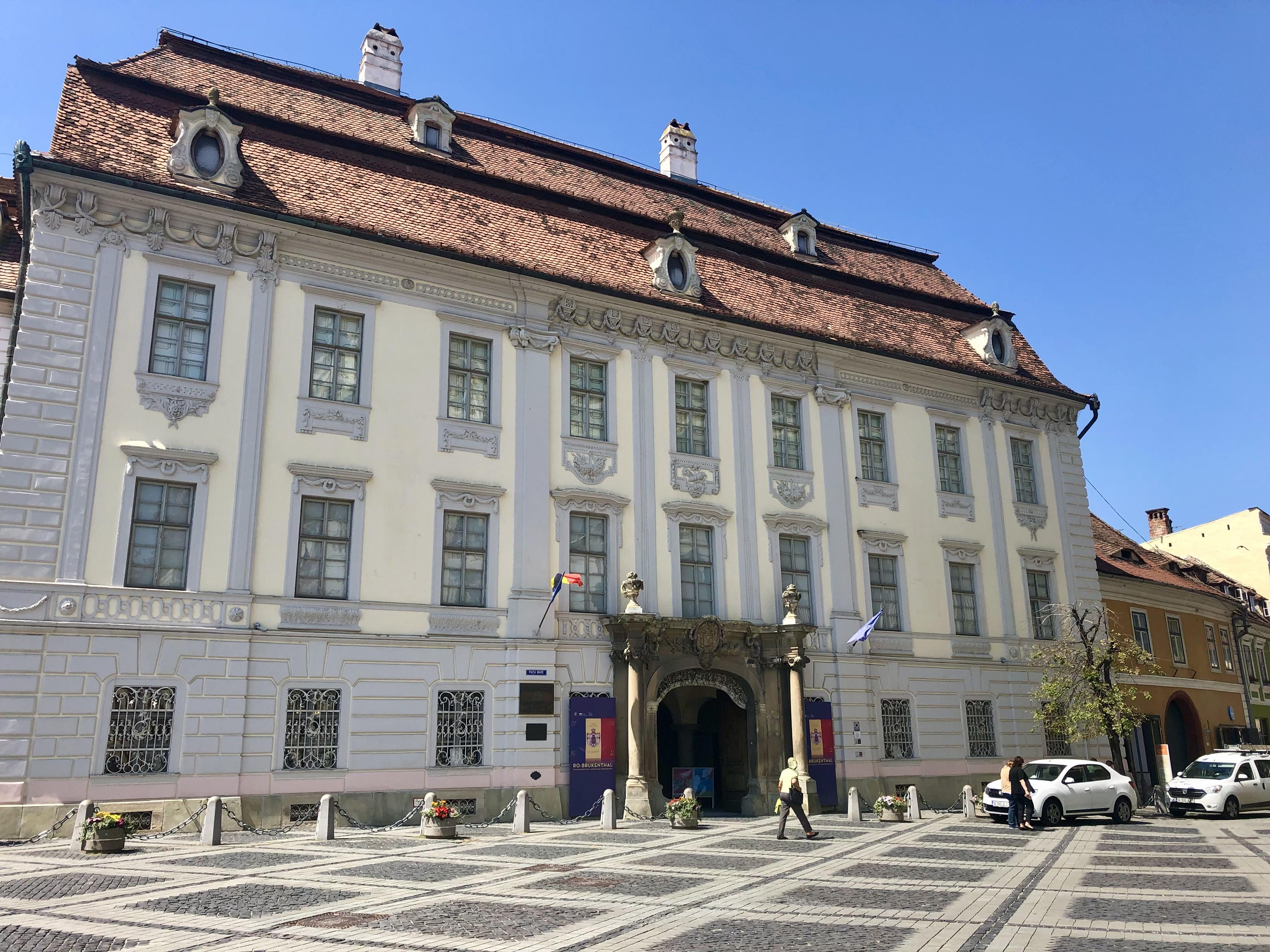
19. Brukenthal Museum, Sibiu
Located in Sibiu’s historic center, the palace was constructed between 1778 and 1788 in pure Baroque style with strong Viennese influences. In the beginning, it was used as a personal residence for Baron Samuel von Brukenthal, as well as a space for his extensive fine medieval Transylvanian artworks, plus Flemish, Dutch, and Italian paintings.
As governor of Transylvania, Brukenthal had a deep interest in the arts, culture, and education reform, leaving a lasting legacy.
Upon his death, Brukenthal's will opened the palace as a museum, making it the first in Romania and Southeast Europe. Today, it remains famous for its impressive collection and a quick visit is one of the best things to do in Sibiu.
As a Sibiu resident, I often pass the palace in the Large Square. Every time I admire its elegant facade, I'm struck by its architectural beauty, as it is a testament to quality design.
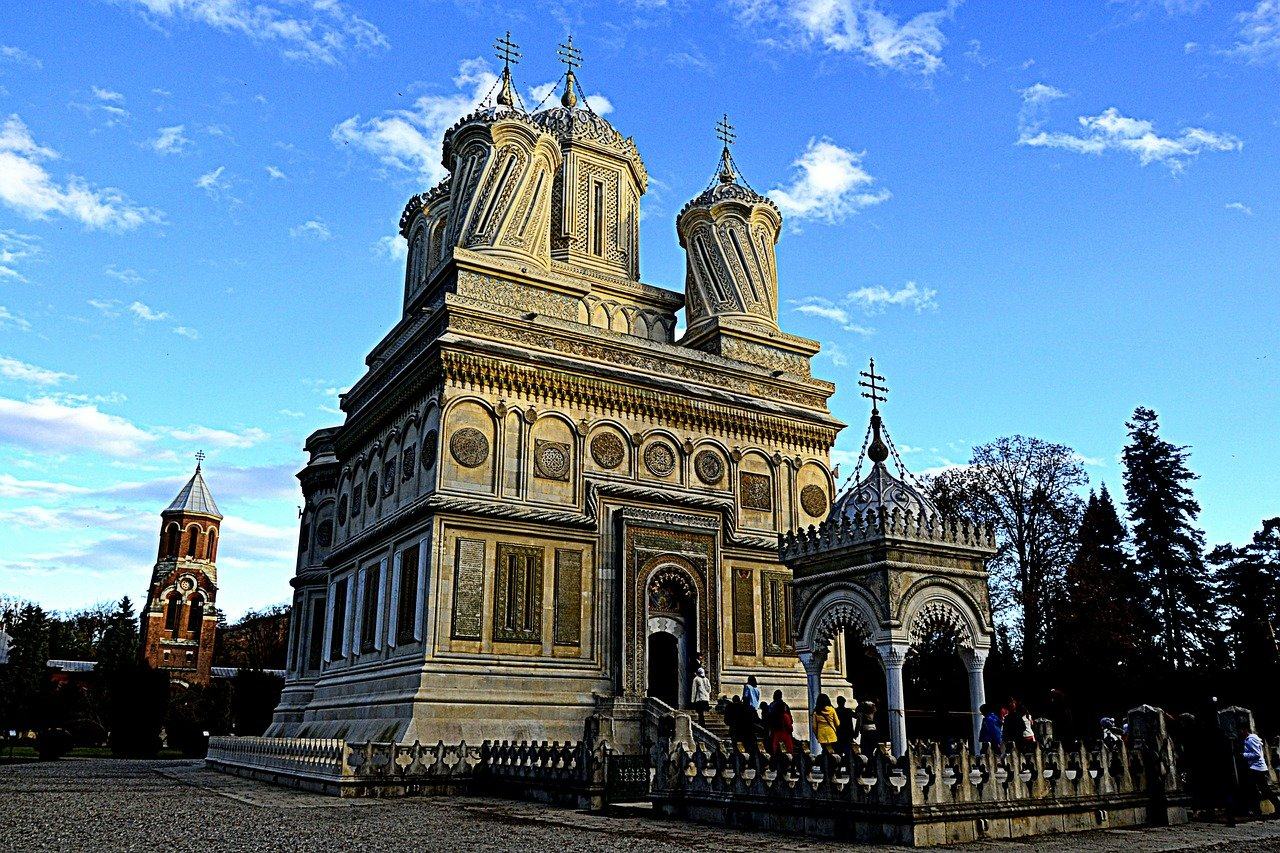
20. Curtea de Arges Monastery
Curtea de Argeș Monastery, a prime example of Romanian Orthodox architecture, is located in the eponymous city. Built in the early 16th century by Prince Neagoe Basarab, it is one of Romania's most important religious monuments.
The Legend of Craftsman Manole tells of the architect who, unable to complete the monastery without a human sacrifice, was forced to entomb his pregnant wife in the church walls.
Blending Byzantine and Moorish styles, the monastery also serves as the final resting place of King Carol I, Queen Elizabeth, and King Ferdinand, along with his wife, Queen Marie, the last queen of Romania.
***
So, here you have it - our choices for the most beautiful buildings in Romania.
Obviously, there are others too, but I hope this gives you a place to start and some inspiration for when you visit Romania.
Don’t be shy if you need any help while planning your trip - that's what we're here for!
Your Romanian Friend,
Iuliana
